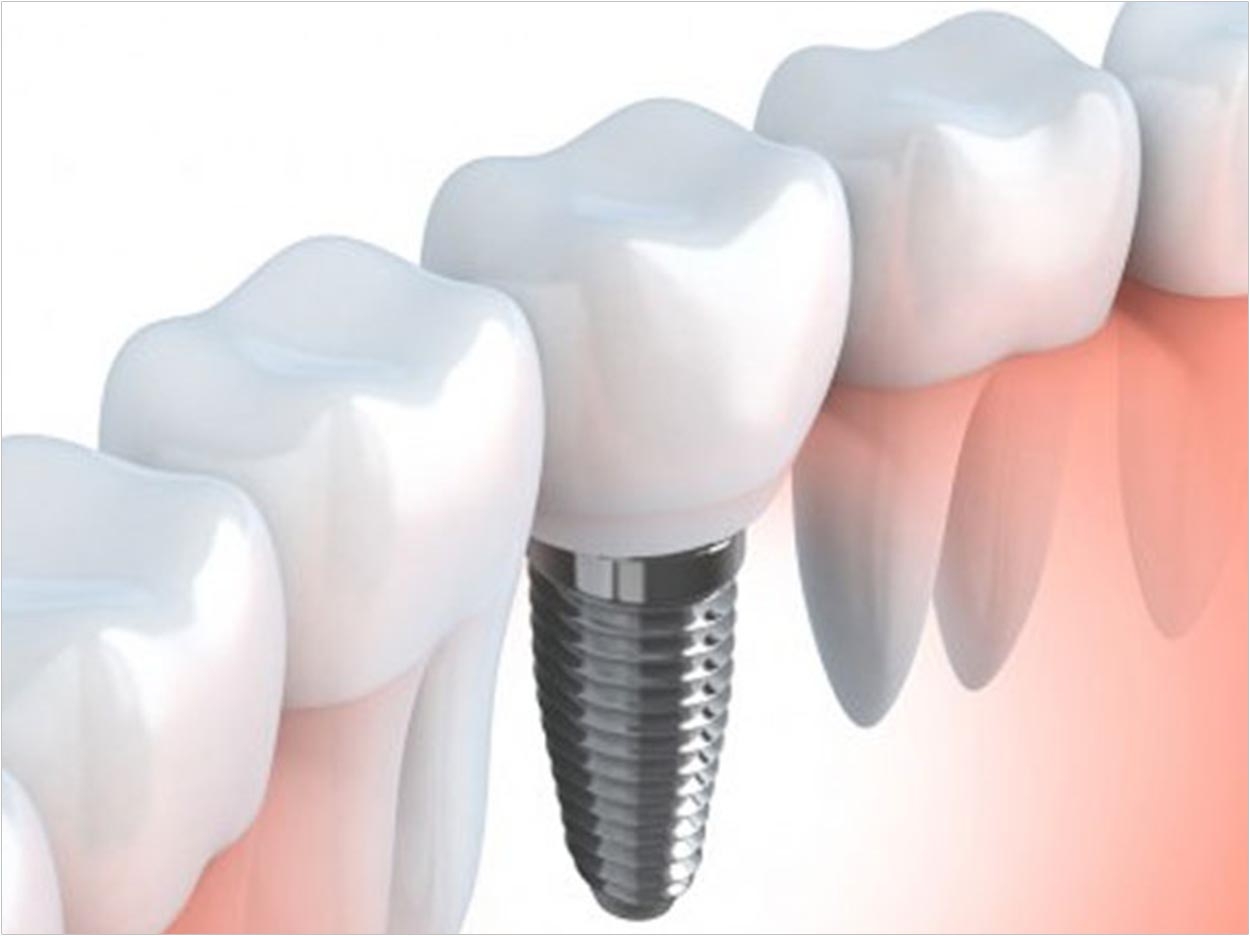
Alen Blagajcevic, a student at the Tufts University School of Dental Medicine, presented an oral session titled “Bioengineered Tooth Bud Model Functionalized with Decellularized Tooth Bud ECM” at the 47th Annual Meeting of the American Association for Dental Research (AADR) in Fort Lauderdale, Fla, on Wednesday, March 21.
Researchers aimed to create 3-D bioengineered tooth buds to serve as a biologically based replacement tooth alternative to current dental implants. Gelatin methacrylate (GelMA) hydrogel can be used to encapsulate postnatal dental stem cells (DSCs) and support odontogenic differentiation and mineralized tissue formation.
Blagajcevic’s work is under the direction of Pamela Yelick, PhD, professor of orthodontics and director of the division of craniofacial and molecular genetics at Tufts University School of Dental Medicine, whose research has long focused on creating biological tooth replacements.
“To enhance enamel and dentin matrix production, we have created functionalized bioengineered GelMA tooth buds with decellularized tooth bud extracellular matrix (dtB ECM),” said Blagajcevic.
“The Yelick Lab at Tufts had previously determined that dTBs retain ECM components known to play important roles in dental cell proliferation, differentiation, and tooth morphogenesis. Upon in vivo implantation, cell-seeded dTB scaffolds formed whole tooth structures,” he said.
“In this study, we introduced lyophilized dTB ECM to our bioengineered GelMA tooth bud model. We found that dTB ECM powder can be used to enhance DSC differentiation in GelMA tooth bud constructs,” he said.
“These promising but preliminary results suggest that dTB ECM can be used to enhance dental stem cells DSC proliferation and differentiation, advancing the GelMA tooth bud model towards future clinical applications,” Blagajcevic said.
The Yelick Lab is funded by the National Institute of Dental and Craniofacial Research.
Related Articles
Gum Tissue Stem Cells Accelerate Wound Healing
Stem Cells Tap Reserves for Rapid Tooth Growth
Stem Cells Investigated for Enamel Growth












